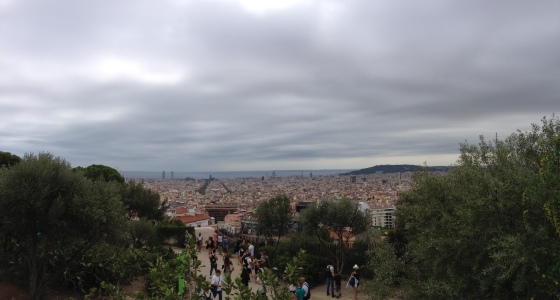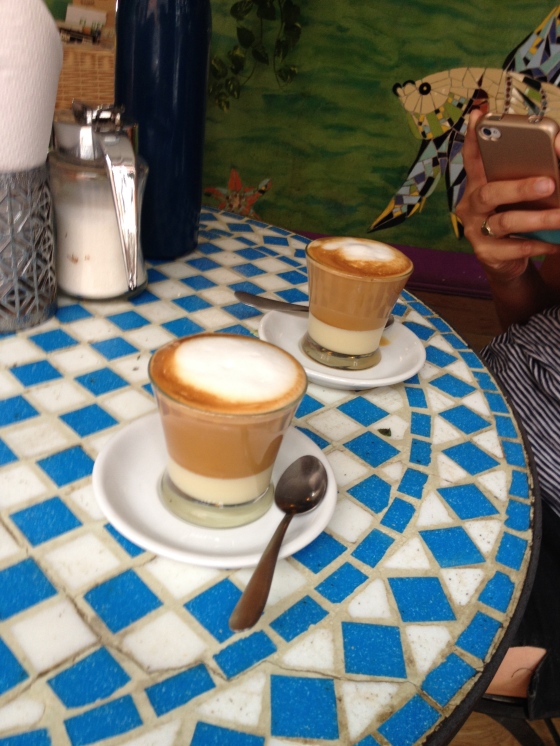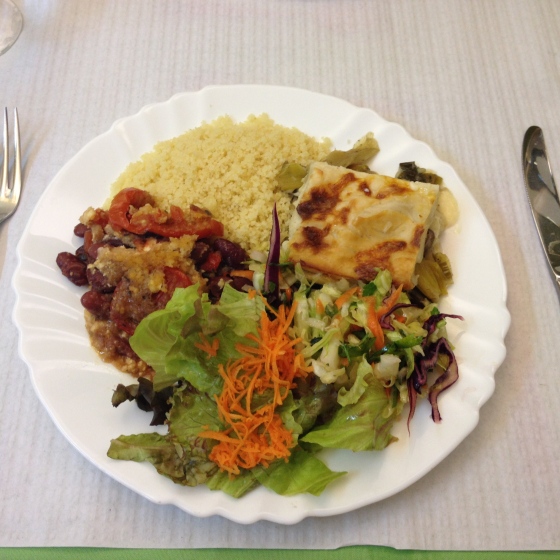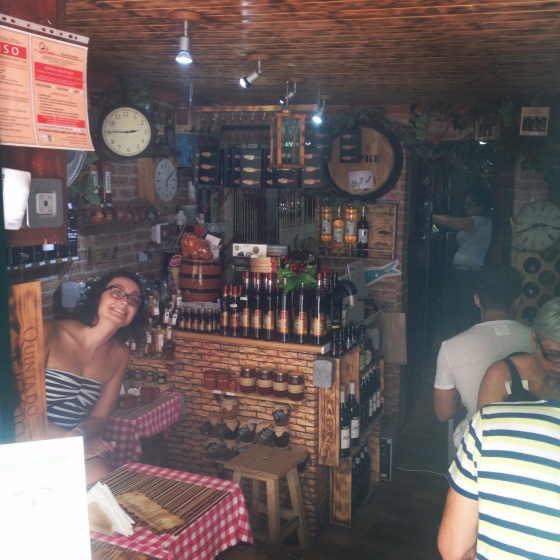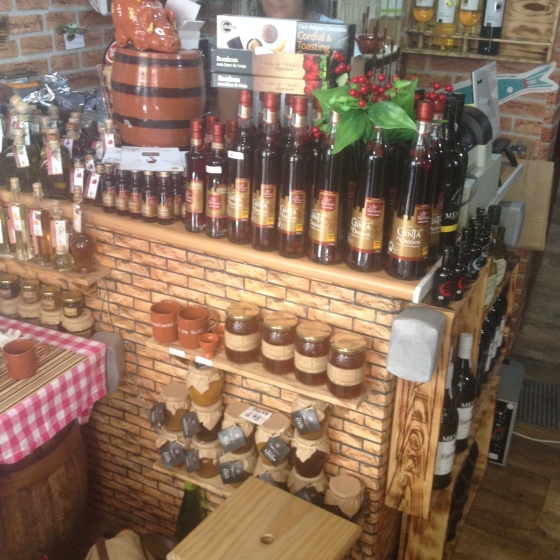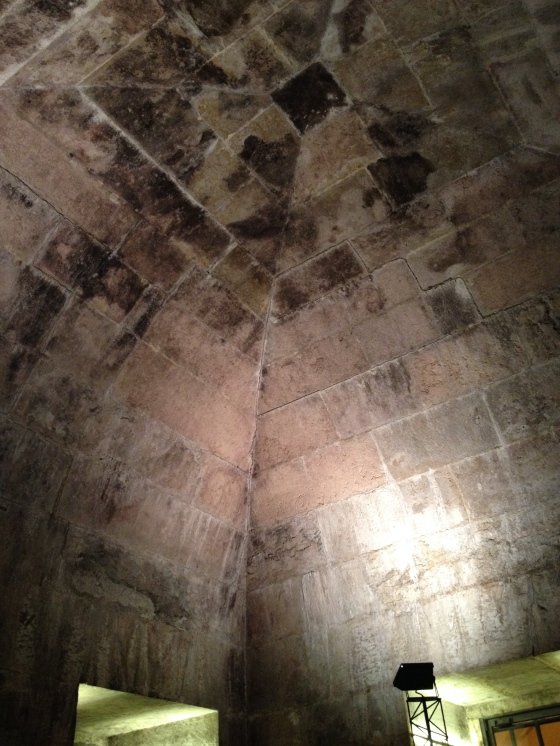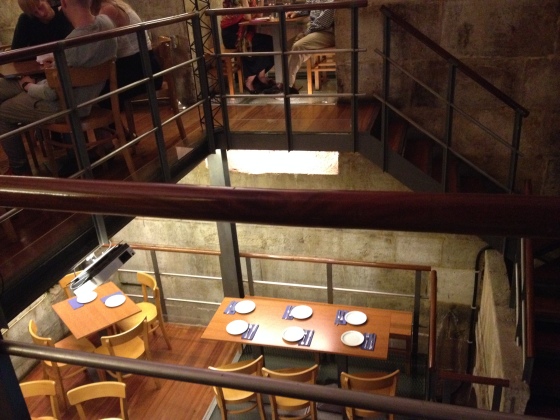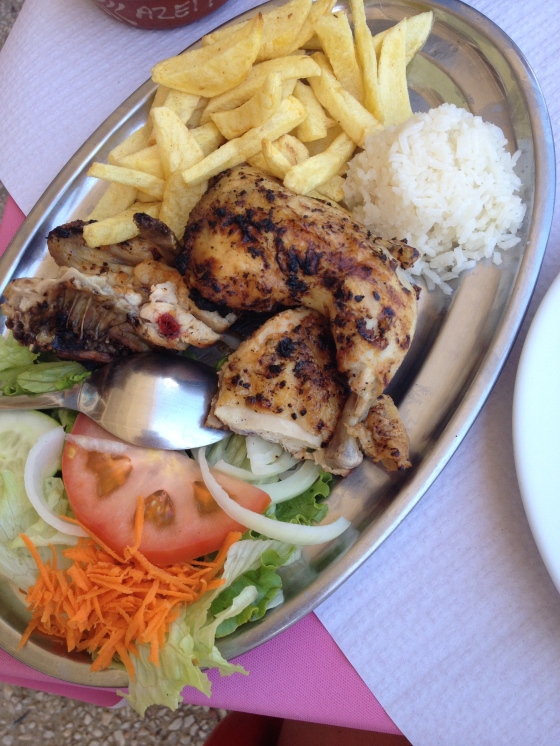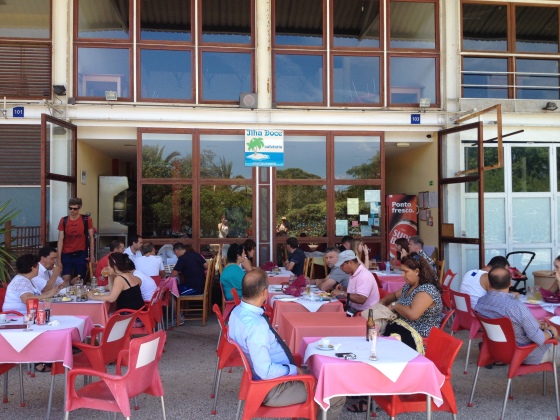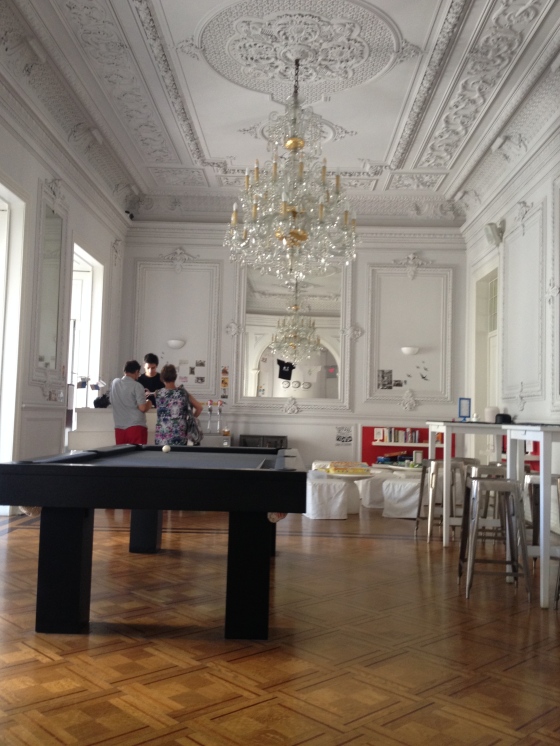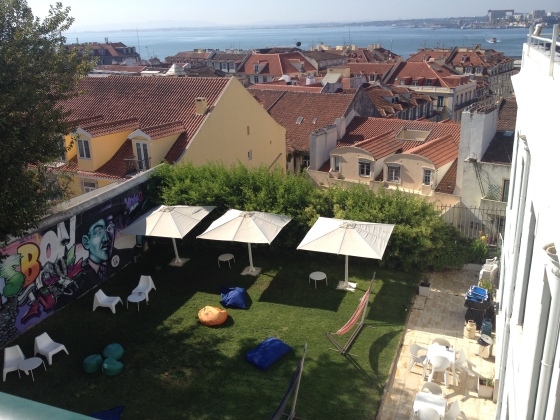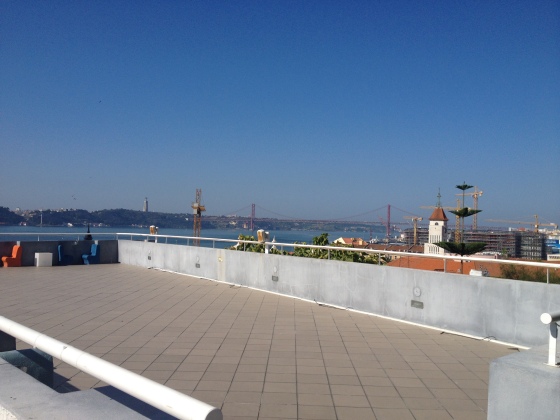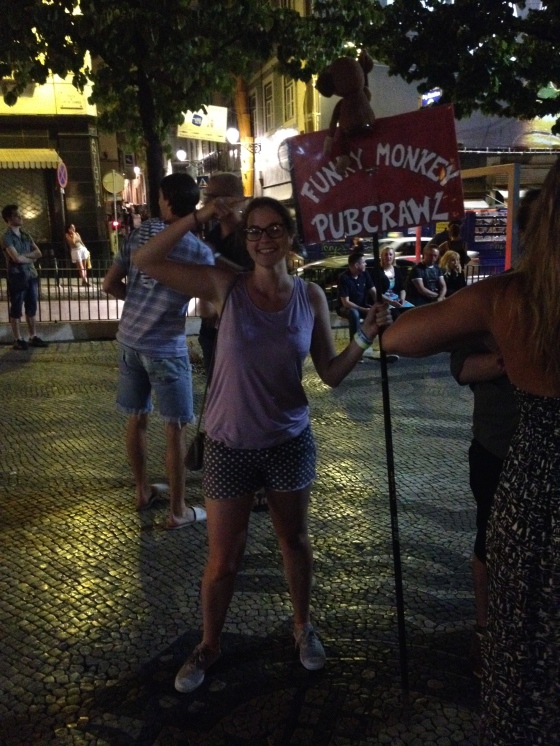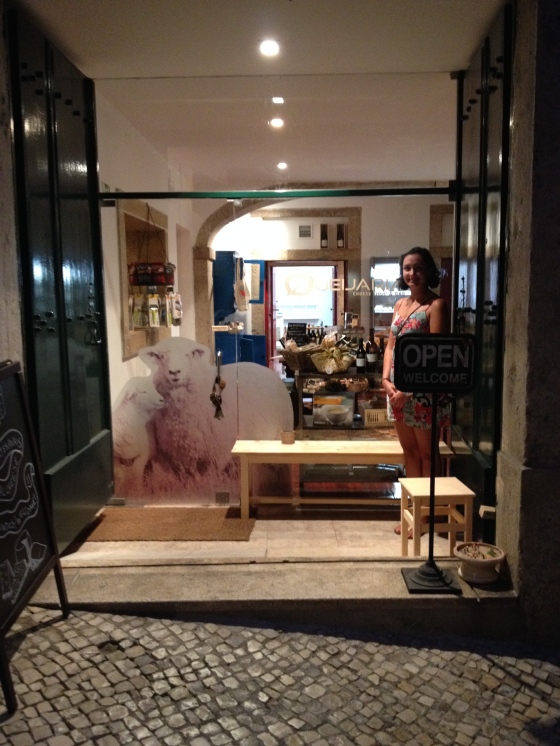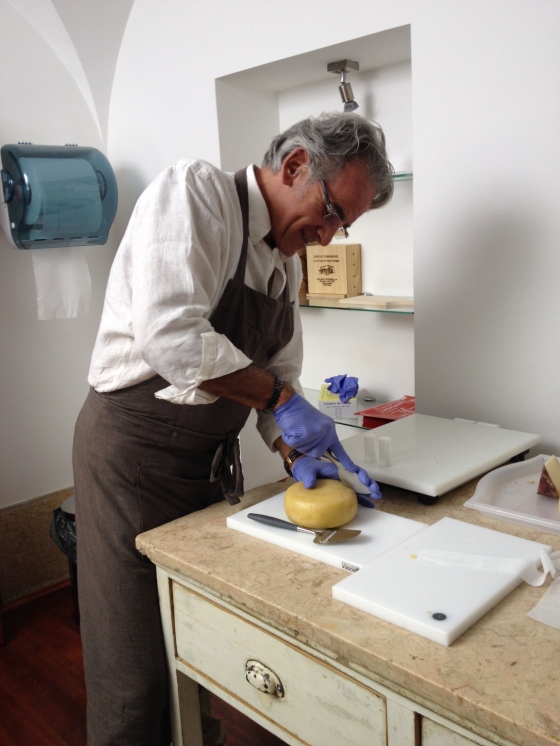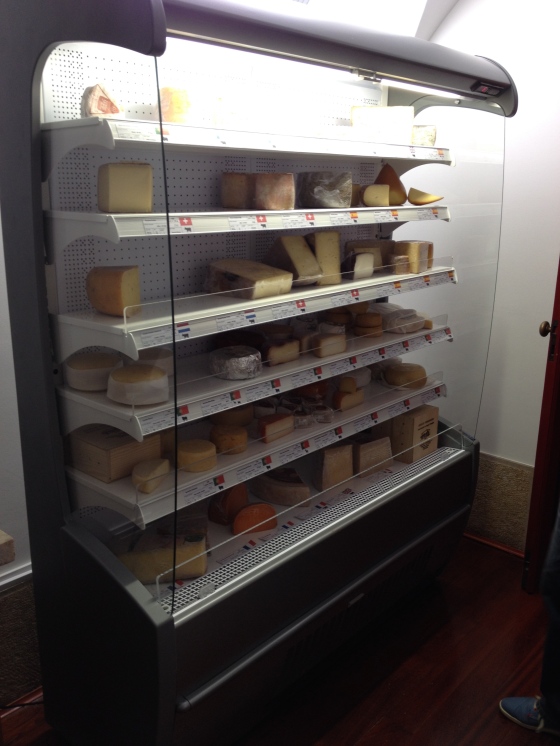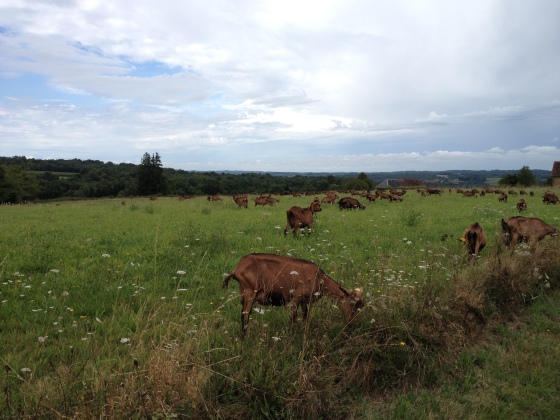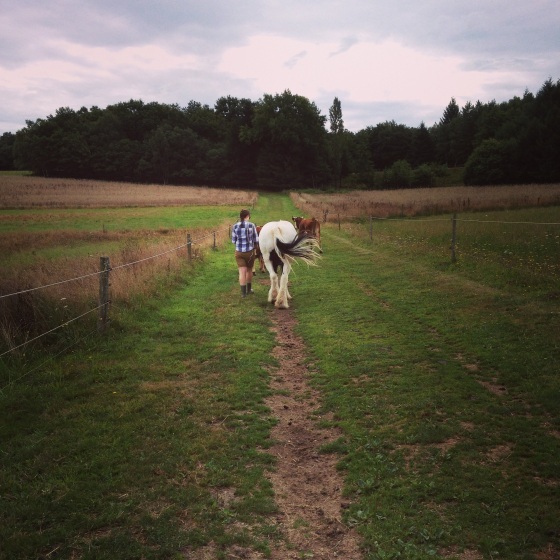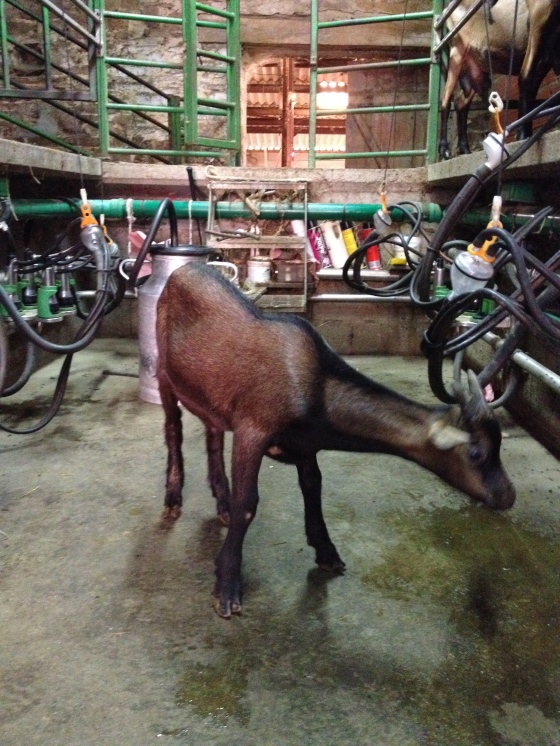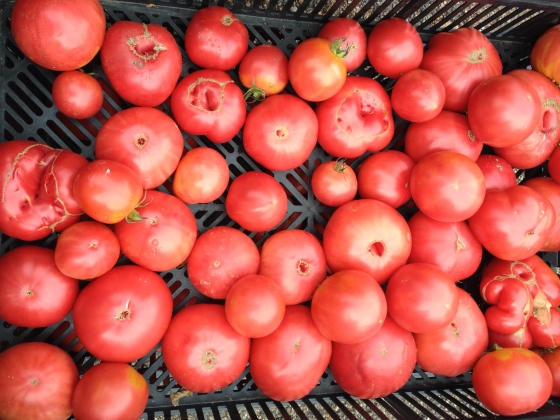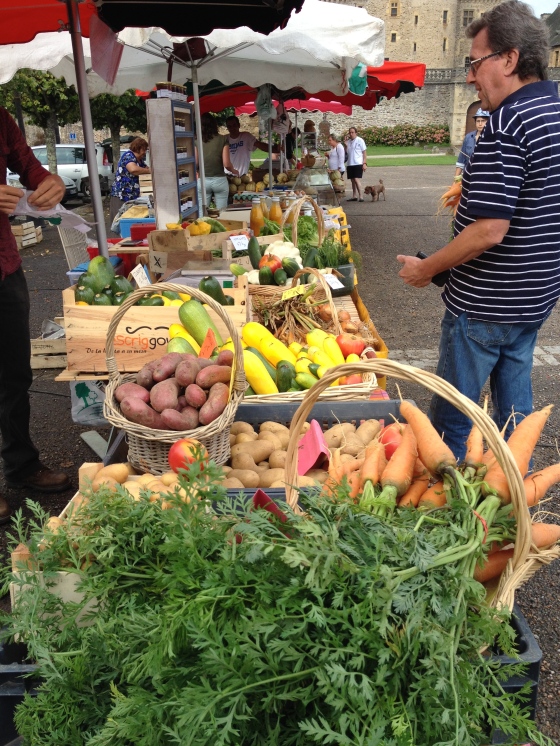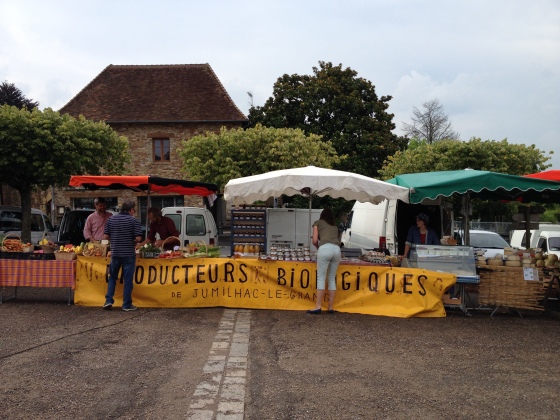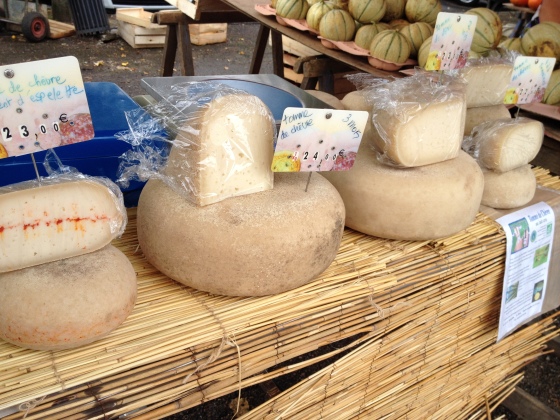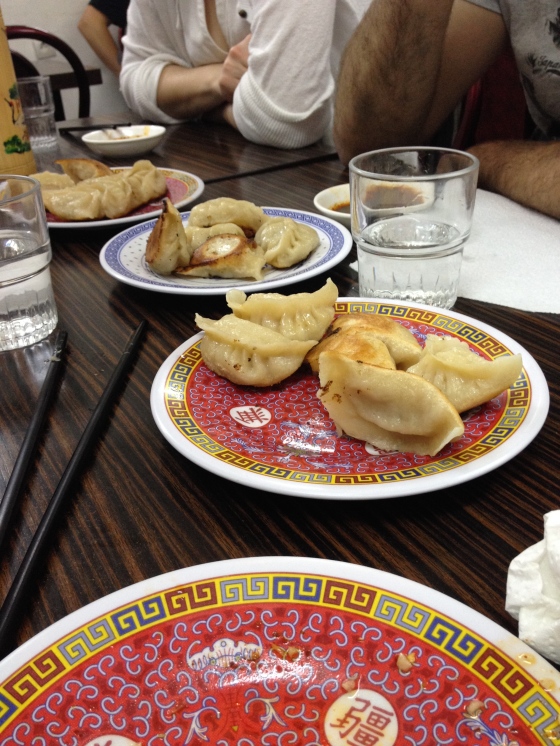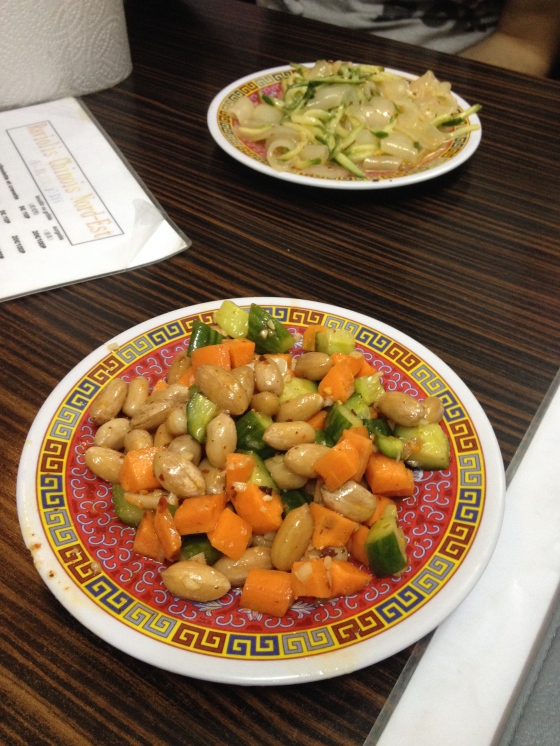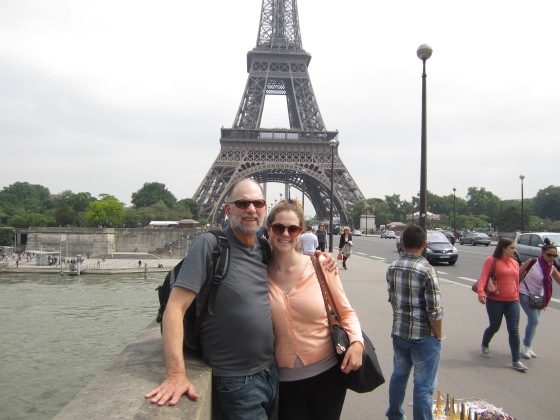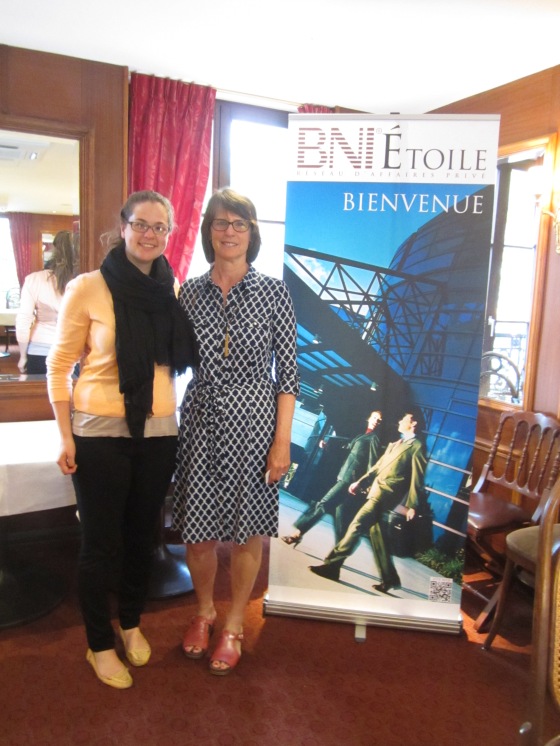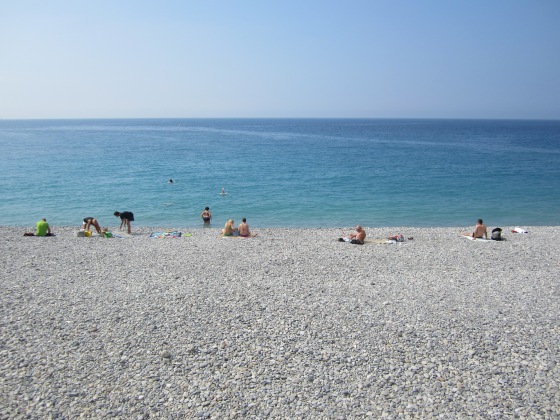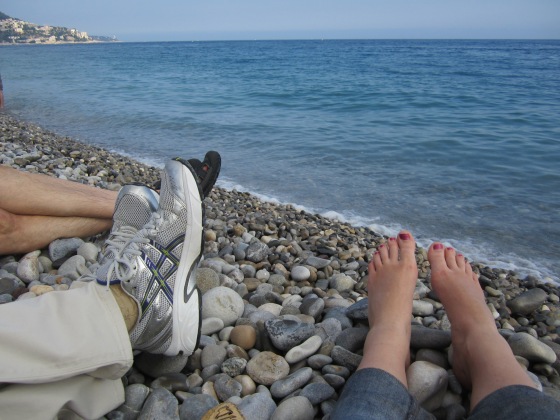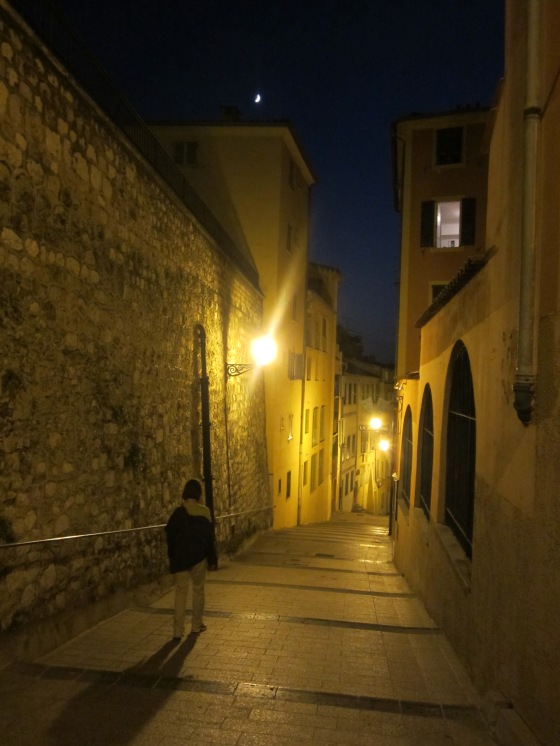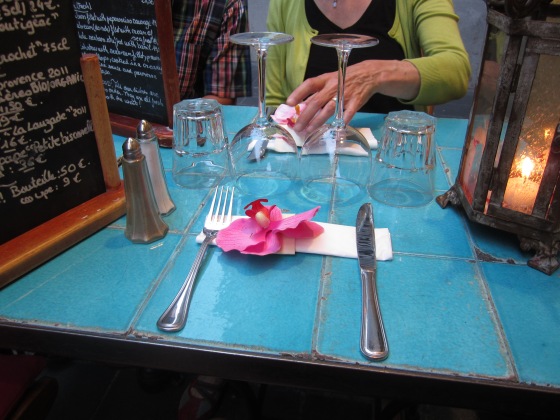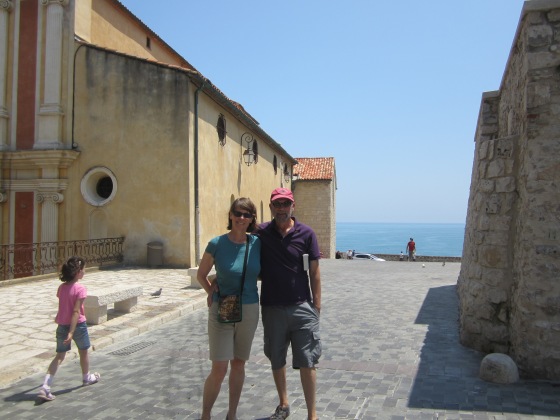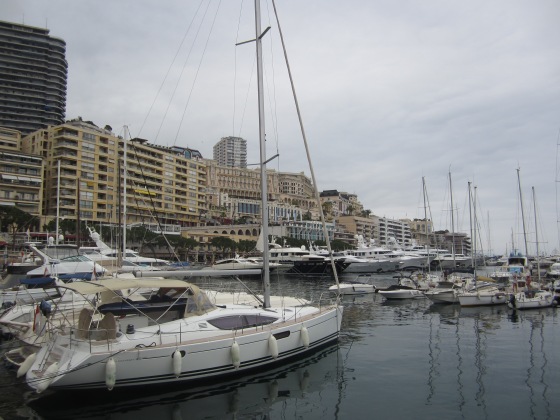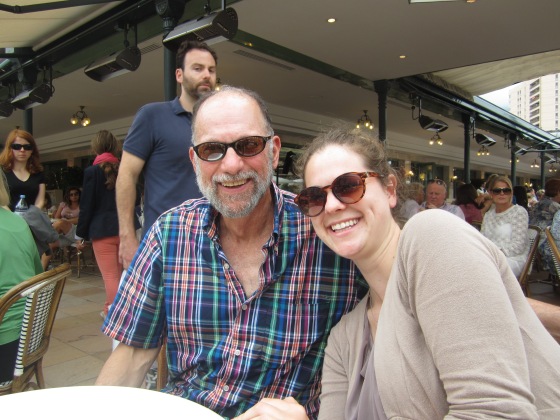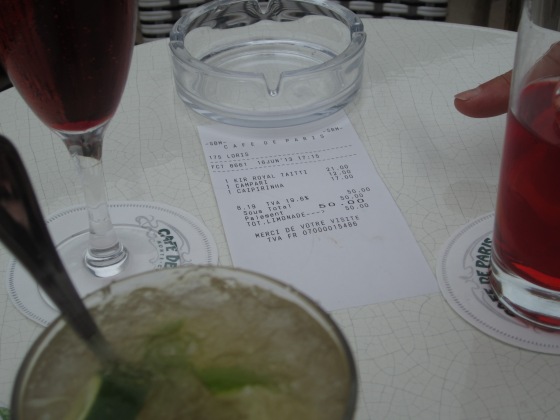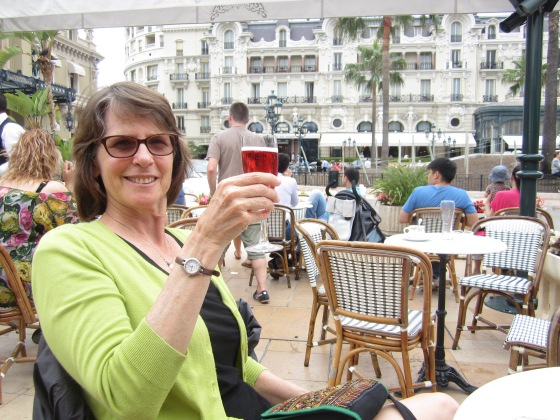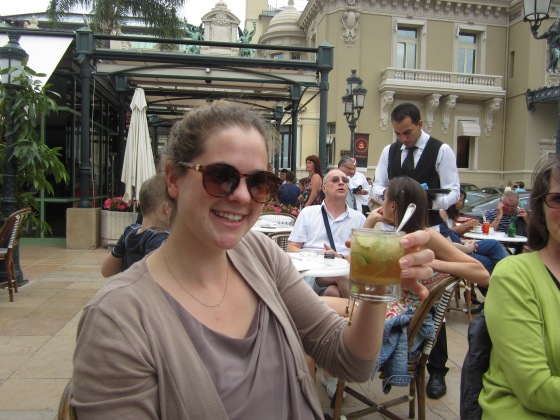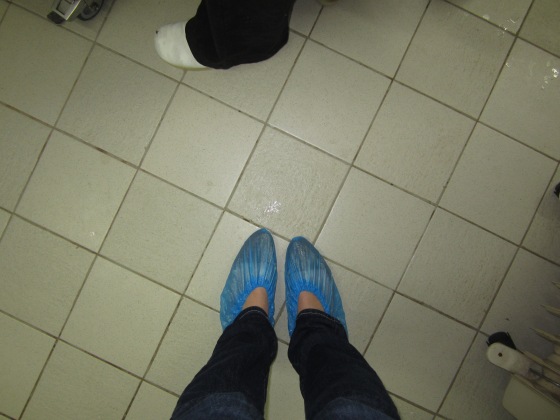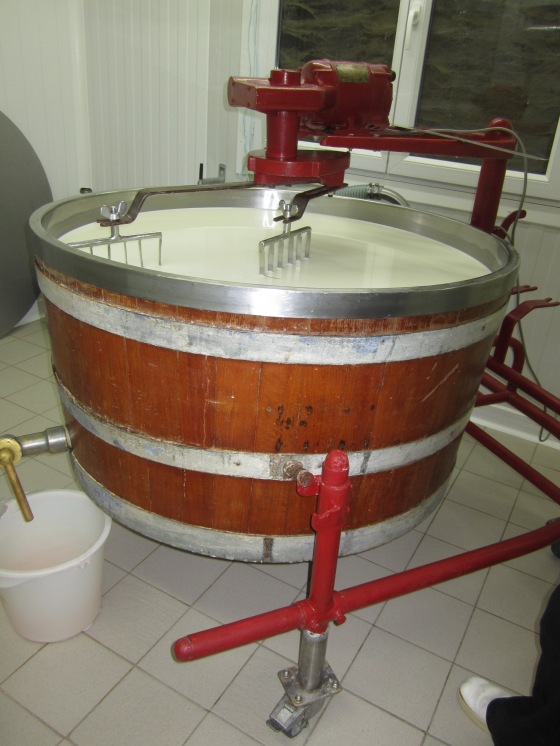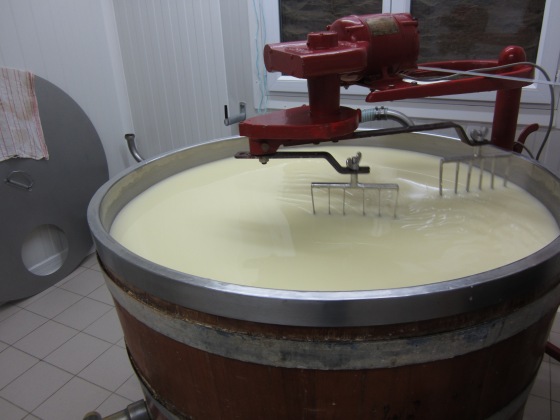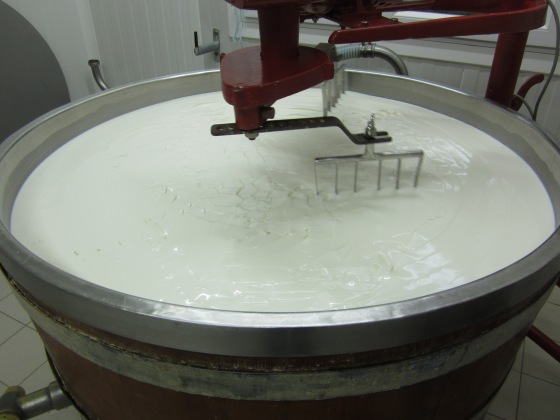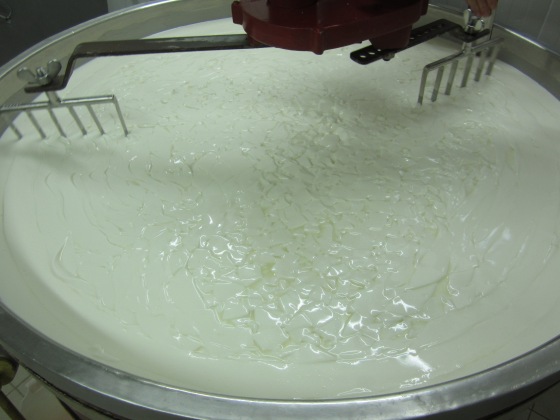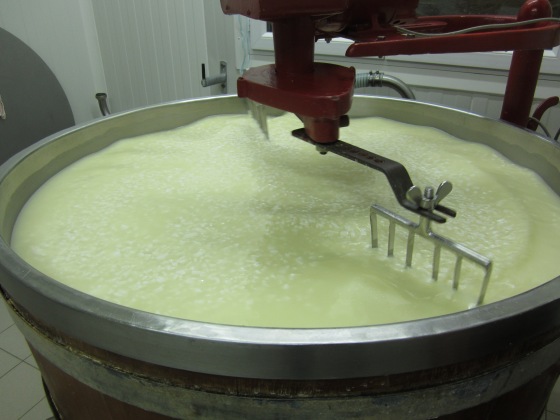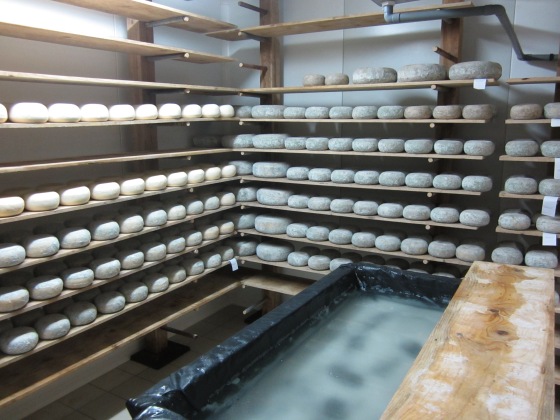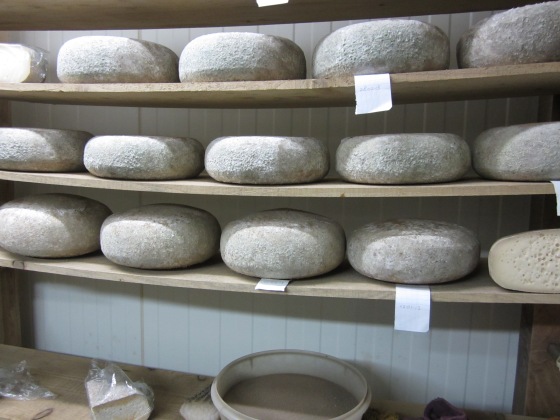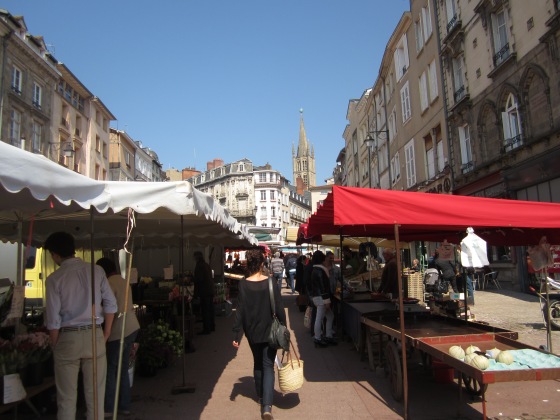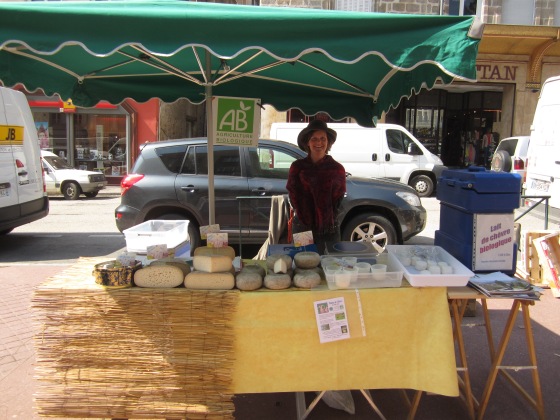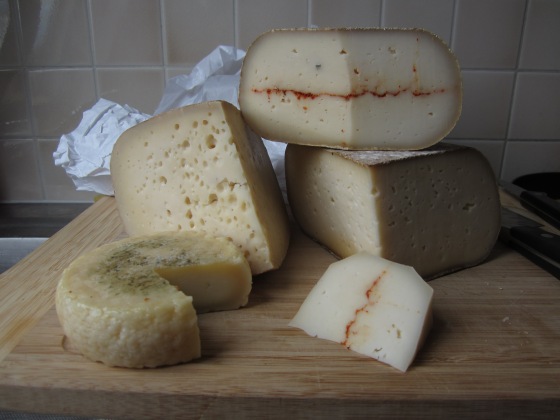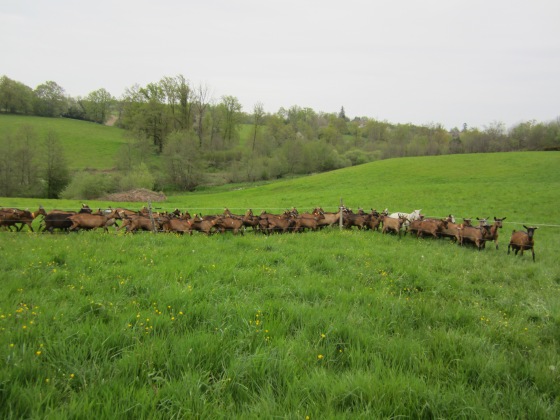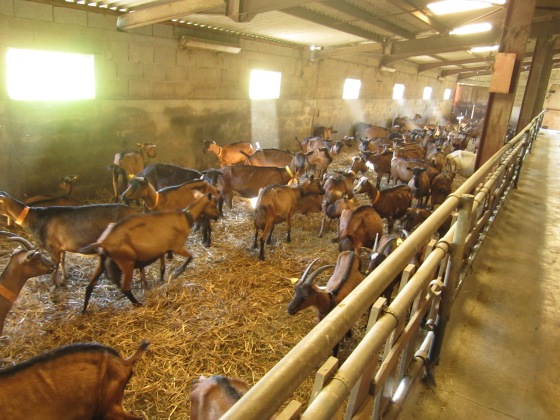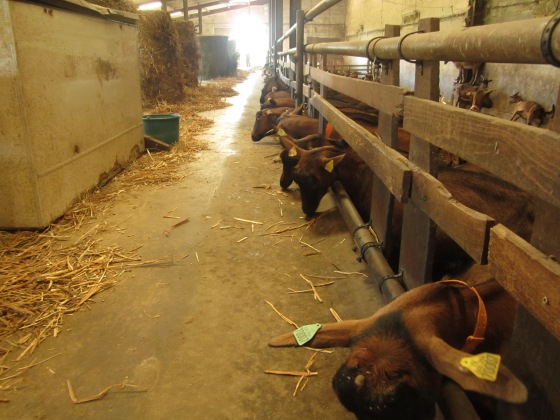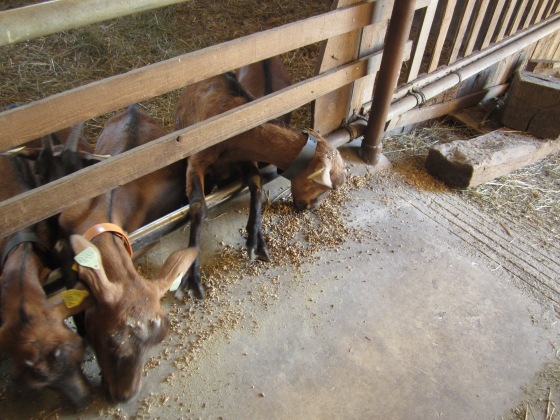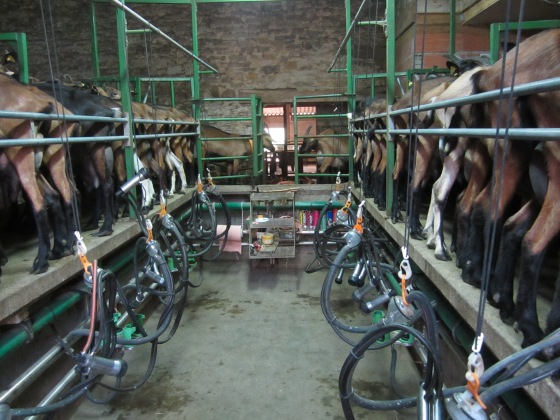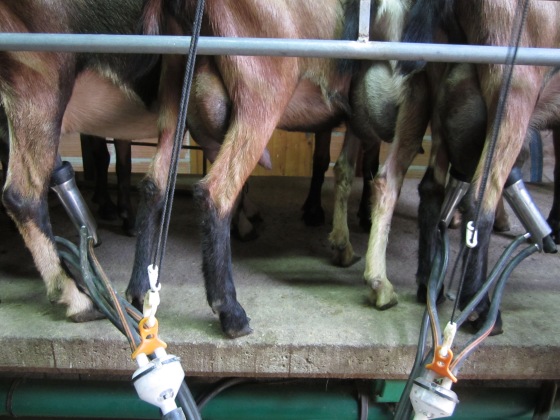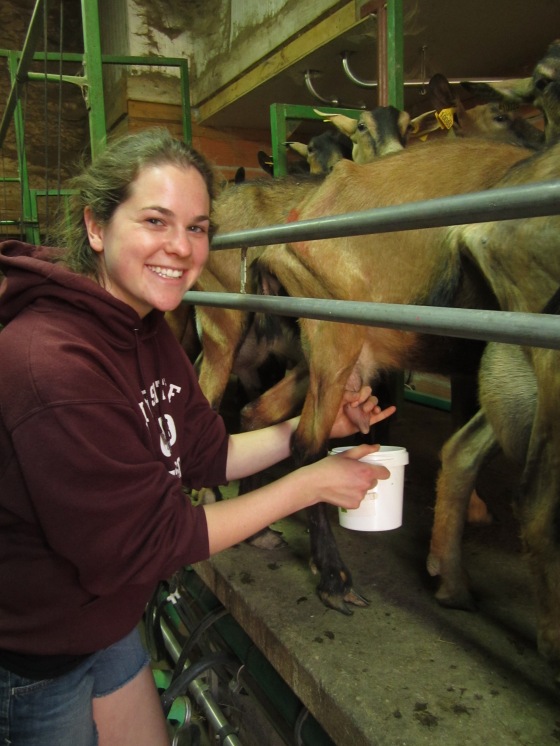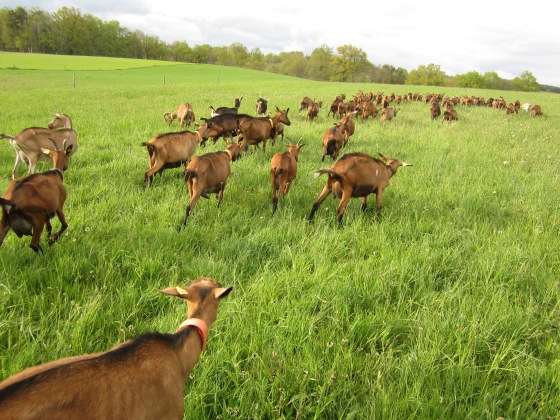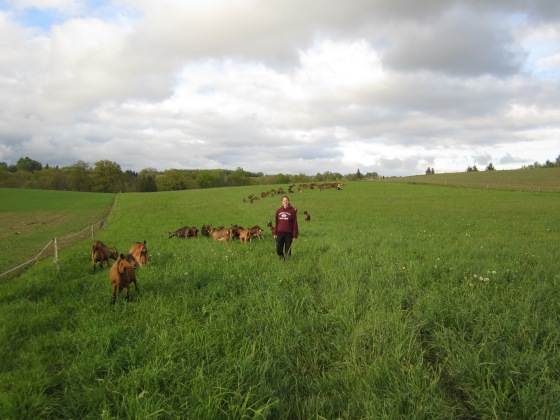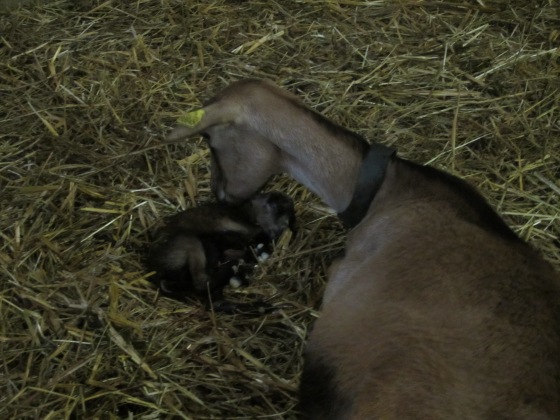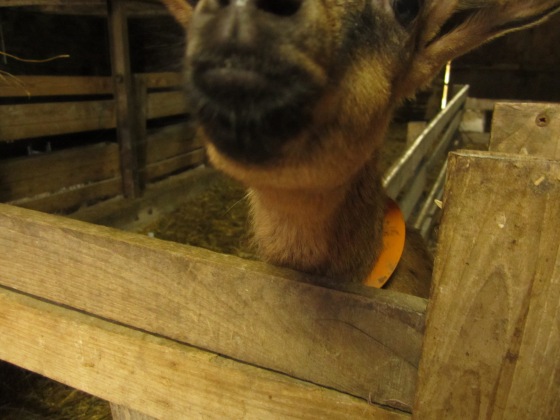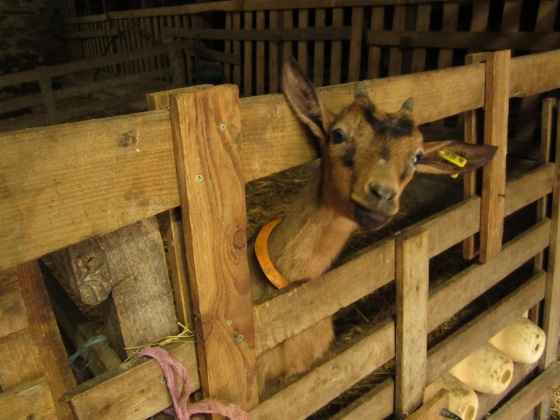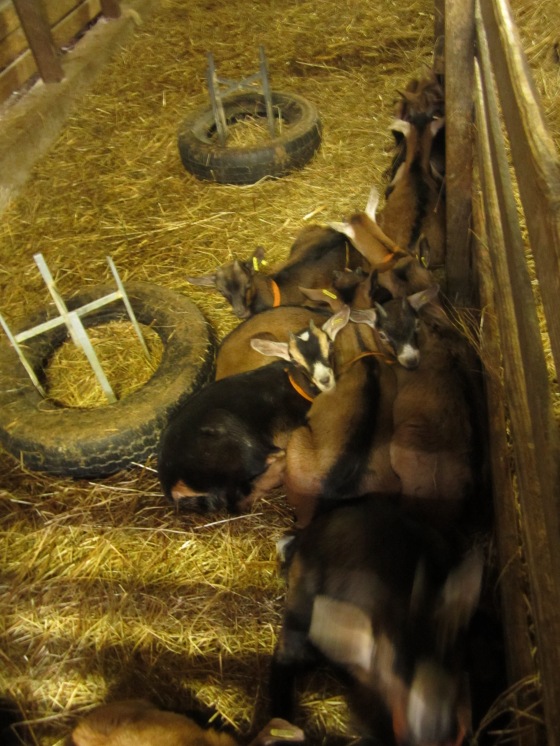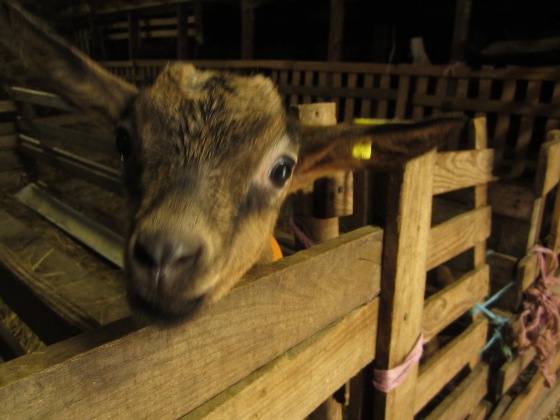I think I mentioned once that I would write a post about the French classes I took once I finished them. *Warning: this is probably really boring unless you are interested in taking these classes.
Last spring, I knew I wanted to stay in Paris but I couldn’t find a job, and I didn’t feel ready to apply for a Master’s. A friend of mine told me about the classes and I realized it was the perfect way for me to stay in France. It would allow me to get a student visa, and I could build a more solid grammar foundation.
Signing up for the classes is pretty painless. Most of the people in the office speak English or will be patient and nice if you speak French. You can even sign up online before you come to France. If you are getting a student visa, it’s better to sign up beforehand so that you can use the receipt of payment as proof of enrollment for the student visa application process.
I did the fall session in level B1-avancé (=intermediate level) and the spring session in level B2 (=advanced). A week or so before the classes began, I took a test (written, listening, oral) and the school placed me based on my results. In true French fashion, I wasn’t notified of the location or hours of my classes until the day before they began. The school and teachers are flexible about moving to different classes if the level is wrong or if the hours don’t work with your schedule. Don’t be shy about this – you are paying a lot of money, and four months is a long time if the content is too hard or easy.
There are lots of options for the type of courses you take (all the information can be found on the website or at the office year-round). I was in the “Cours de Civilisation” which means that I had 2 hrs/day 5 days/week of grammar, 3-5 hrs/week of phonetics, and 3 hrs/week of lecture classes on various topics. In the fall semester I did a normal class 5x/week, and in the spring I did the au pair option which excludes Wednesdays. Friends of mine took Business French and Master’s Prep, which I can’t review personally but they seemed to enjoy them and learn a lot.
Fall Grammar
There were about 15 of us in the class.
Professor – M. Morethe He gets an A+ in my book! He was very young (under 30) but had several degrees in literature and philosophy – basically he was HELLA smart (well-read, spoke lots of languages on at least a basic level) but the best part is that he was a great teacher. Teaching a foreign language is a very specific skill and he had it. He was patient and never condescending, he pushed us to get to a higher level, and he would explain things in several ways until everyone could wrap their separate brains coming from different languages around each concept. He organized the class very well and each week we knew exactly what we would be working on.
Class structure/grammar – lots of exercises in a book that you purchase, and tons of worksheets and packets that he gave us. I had several lightbulb moments when I finally understood concepts, words, and tenses that I had been hearing the whole previous year. You can learn a lot by ear, but it’s great to combine that with someone going through and explaining each rule to you and practicing with written exercises and examples. He also gave us lots of great worksheets and study sheets that I will keep forever as reference.
Class structure/reading – The course fee includes a literature book full of excerpts from French literature. We read a few of these as well as news articles and discussed and studied them in class.
Class structure/writing – We had a few mini papers assigned throughout the semester. He encouraged us to use new words and grammar concepts that we had learned that week. He would hand them back corrected, AND talk to each of us individually about the strengths and weaknesses in our writing. I found this very valuable because I am usually so traumatized by grades (even if they are good) that I put corrected work away in a folder and never look at it again. (I do the same thing with all the recordings of me singing – issues?) Because he spent so much time correcting us, I felt motivated to learn from my mistakes, and put extra effort in for the next essay.
Class structure/listening – We listened to recordings and had to fill in worksheets with what we’d heard. There were a few fun days where we got to listen to a pop song and fill in the blanks, and analyze the poetry.
Class structure/speaking – We did group work (writing and performing skits) and tons of discussions.
Class structure/evaluation – We had tests every Friday. Towards the end of the course we did lots of practice tests to prepare for the exam. The actual exam felt really easy because we were so well prepared. I got REALLY into the class and did all the homework and attended every class I could and made an effort to focus in class. I paid for it with my own money, so I didn’t want to waste a single centime. As a result my French improved drastically this year. All the grammar work can be boring and tedious but I think the combination of my enthusiasm and the great teachers kept me motivated.
Spring Grammar
The set-up was the same. I was hoping to have M. Morèthe again, but I had a different professor. At first he really rubbed me the wrong way, but by the end I liked him well enough. His teaching style was different, not as clear and not as organized. But after a few weeks, I got used to his teaching style and I did learn a lot from this class as well. The only difference in the class structure was that each student did a 10-minute presentation. We brought in an article, went over the vocabulary, and led a small discussion with the class. It was a fun activity and great practice speaking in French as a leader.
Phonetics Review
Every other week we had a daily hour-long phonetics class. The first 30 minutes we took notes on theory and wrote down all the words and sentences we would be using later. The second 30 minutes we went to the lab that was set up with listening stations. Using our notes from the first half of class, we repeated after our professor’s perfect French, which was spoken into our ears via headphones. It was all recorded so we could listen to ourselves compared to her and correct our pronunciation. She would “plug in” to each of us individually a few times per class and help us with our trouble spots, which was very valuable.
I was the only person in my class who didn’t hate phonetics. I loved it, in fact! Learning exactly how to pronounce each vowel and consonant is fascinating to me. Perhaps it’s my singer background? I took a similar class in college in which we learned the basic IPA (International Phonetic Alphabet) for Italian, German, French, and English. That class gave me a great foundation for the phonetics class! I love when seemingly obscure college courses end up being useful in “real life.”
I only remember my professor’s first name (Aya), but she was great! She was very nice and gave constructive criticism to help all of us improve and sound more French. The second semester was a similar setup and I had Anne (again, don’t remember her last name) and loved her too!
Civilisation Classes Review
These classes are one hour long. There were several more options in the spring than in the fall. They are held in a big lecture hall and many students attend – 100 or so? 200? I am bad with numbers.
After attending a private, liberal-arts university in the US, these classes were cake for me. I never had more than 30 students in a class at UPS, so this was my first big lecture experience. I have to say that I prefer a smaller, discussion-based class. But because I was so enthusiastic, I made a big effort to stay awake and alert in the often boring, droned presentations.
The classes are structured to be an overview of the subject, basically a 101 sort of class by US standards. The classes are for all levels, so the professors speak very slowly and use very simple vocabulary. I think the intention is not to actually learn about the subject, but to hear French being spoken about a topic other than grammar. I understand that it is probably difficult for the school to organize the classes so that the professors aren’t wasting their time and that all the students get a chance to take as many classes as they can. However, it would be nice if the school could at least separate beginners and advanced students. I would have liked to write a paper or do some sort of project, anything mildly stimulating!
The three subjects I took were Art History, French History, and French Literature. The art class was my favorite because the professor was quite passionate, started discussions with us, and we got to look at giant projections of amazing French art. The literature professor was also very passionate, but his soporific lectures simply gave background about French authors and summaries of their works. The history class was the worst – the professor wrote up long-winded accounts of French history spanning from ancient France to present day. We were given print-outs weekly, and he would read directly from the paper for an hour each week. French history is bloody and many of the figures could have soap operas based off their stories, and he managed to make it extremely boring. Raté. (Fail.)
Despite the so-dry-I-was-afraid-my-notes-would-combust nature of the classes, I made an effort to study every week and did very well on the tests! I felt that it was important to learn the basics in all these classes, as the arts and history are integrated into la vie quotidienne here. Even at parties with young people, I’ve relied on my knowledge from these classes to understand references French people really do make. Ugh, so classy.
Spring Civilisation
I could only attend one of the classes due to my work schedule. Lucky for me, it was the Gastronomie class (everything to do with food)! The content was often comically easy. Each week covered a different aspect of the French diet: bread, meat, fish (skipped that one), dairy, produce, wine, cheese, dessert. Actually, there were two classes on wine and they were the first two! Priorities!
Sometimes the class was agonizingly simple – are there really people in the world, among those who move to Paris and sign up for these classes, who don’t know what a croissant is? On the other hand, I learned very useful things such as the names of certain dishes from certain regions, and a lot about wine that has served me well in purchasing and choosing what I drink. The professor was clearly a foodie so it was enjoyable to listen to his explanations. He would say basic things like “this lighter wine goes with this dish to balance the acid” but in French and with the light in his eyes it sounded so beautiful.
Students
One of the best parts about the course is the other students. I had expected the classes to be filled with Americans, so I was pleasantly surprised that we seem to be a minority in the very global student population. I met and befriended people from near and far. One of the more intriguing aspects of class discussions was seeing who actually would speak up (usually the Americans, Canadians, Russians, and those from Latin cultures) and who had to be almost forced to speak (some of the Asians, northern Europeans). Hearing what everyone had to say was always surprising and thought-provoking.
I loved these classes. Overall I give them a B on the American grading scale; on the French grading scale it would be much lower!
Recap
+
-amazing, well-credentialed professors from the Sorbonne who take the classes seriously (M. Morèthe wore a suit every day!)
-French taught from all aspects: reading, writing, listening, speaking, grammar, discussion, and specific subjects
-enough homework to keep you focused and learning, but not so much that you can’t work and live outside of the classes
-if you sign up for enough hours you qualify for a student visa
-it’s easy to move up in the levels, therefore allowing you to take tests in French that allow you to apply for a Master’s or get real jobs in France
-international student community
–
-it’s not cheap. I think it’s worth it, but you have to have an extra €2000 lying around
-the hours can be odd, which is hard depending on what else you have going on (job, family, other school) (Fall I had class from 2pm-4pm, Spring from 8am-10:30, plus Civilisation at noon 3x week and Phonetics at another random hour)
-the Civilisation classes are boring overall – they could be so much better
-they are doing construction on their main building so the classes are spread out all over Paris
-the delay in being notified of class times and locations is really annoying if you already have a job
I hope this was helpful for anyone considering doing this program! If you have any questions, please visit their website or their office first, but I am also happy to talk about the program if you have further questions.

